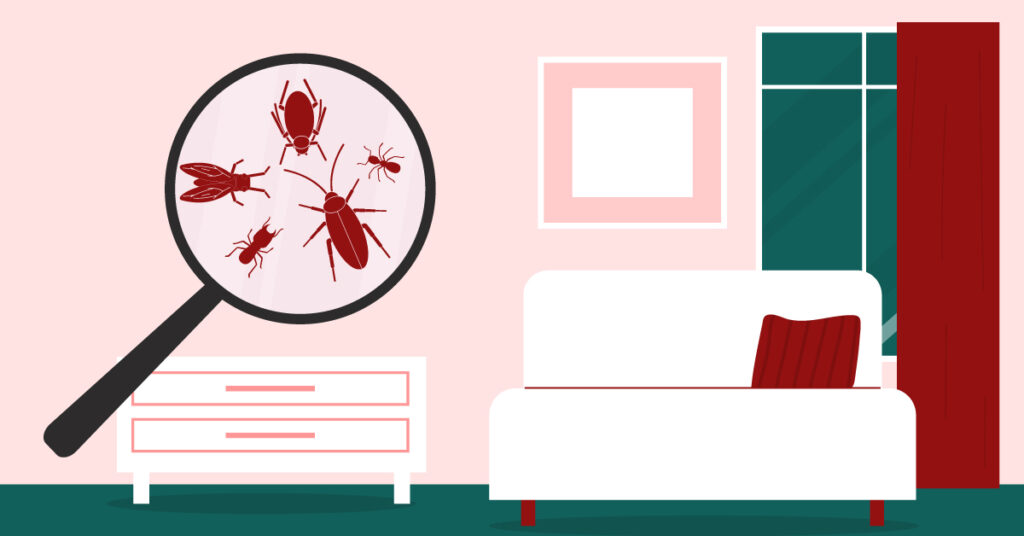In an article published by EduWeek, the author emphasizes that a sense of safety is important for student learning. You can put that principle to work by teaching your kids about home safety in a proactive way. When they’re prepared for typical risks and hazards at home, along with appropriate responses, even very young children can build a sense of confidence and avoid “what ifs” and other worry-based distractions. Here are four categories that cover common household concerns, so you can feel more confident as well.
Electrical Dangers and Burns
Loose cords, damaged outlets and light fixtures, power strips and frayed cords are some of the hazards your child may encounter, even if you’ve child-proofed your home. Combining careful preparation of your home for children’s curiosity and making sure they know not to follow that curiosity wherever it leads can enhance their safety and sense of empowerment.
1. Shock
Explain that electricity works hard for your family, but they need to stay away from contact. If they are curious, they can ask you!
2. Burns
Electricity can generate heat in an old-style light bulb, an electric stove, or overloaded equipment. In addition to electric shock, burns can occur that need attention. Avoiding burns is a basic concept in the home.
3. Sneaky power problems
Electricity can travel from loose wires, damp surfaces, or spilled water, presenting shock hazards. If you feel a tingle, that’s a warning. Let parents know you found a problem. Safeelectricity.org is a great resource for learning more about electrical safety problems families may encounter.
Chemicals, Medications, and Poisons

Depending on their age, children’s instincts may lead them to grab and put substances in their mouths, or to taste and explore, especially if they’re under the sink in the kitchen, near where food is stored. Teaching your children habits like eating carefully presented food from the table can help steer them away from dangerous mistakes.
4. Risks to Mouth, Skin, and Eyes from Chemicals
Chemicals, especially those used to treat household problems like insects or vermin, should be kept out of reach of children. Special packaging can help, but where the risk is high, even curiosity can’t be accepted. Ask your exterminator for child-safe solutions.
5. Medicines
Watching parents take medicines can present multiple problems. The medicine itself can stray onto the floor and catch their eye, and similar materials like pins, tacks, even pieces of construction materials can be tempting to use and imitate. Childproofing is critical, and eating only what you give them, even medicine, is essential
6. Licking and Swallowing
Just like the tongue frozen to the lamp post issue, children love to explore with their senses. Teaching discrimination skills and focusing on what should and shouldn’t be tasted and swallowed is key.
Falls and Traps
Beyond stairs and other missteps that child-safe gates can block, even open windows are risky, and it’s not easy to judge which ones might tempt your child. Like cats, they can squeeze through narrow spaces!
7. The Challenge and Allure of Tight Spaces
Some places, like dryers, the back of appliances, or dangerous cabinets, can be hazards even without the risk of a fall. While many are addressable by childproofing, emphasizing that some places are off-limits and not right for games can help.
8. Outdoor, Attic, and Basement Temptations
Teaching about the dangers of getting trapped or falling down stairs or a hole, such as a well, may be best addressed by setting boundaries. This helps to avoid hazards, known and unknown.
Stranger Danger and Information Risks
While teaching children about their choices covers most dangers, in the case of adults attempting to manipulate them into trouble, it’s their responses that count.
7. Answering the Phone
Children who are allowed to answer the phone should keep it simple and honest, such as “she’s not available right now.” Repeating the answer is perfectly ok if other questions are asked.
8. Answering the Door, or Being Approached Outside
Keeping it simple is important in situations besides the phone. Teaching your child to avoid both physical contact and verbal contact, which can lead to attempted control, helps avoid awkward situations and serious danger.
9. Answering Questions
“Ask my parents” is the correct response to most questions, with the possible exception of officials asking for address or phone number in an emergency. Criminals know that children are an easy source of the information they need.
Conclusion
There are many ways for children to enjoy learning and exploring at home under parental guidance. Each child is different in their response to your instructions, susceptibility to curiosity, and critical thinking. Make sure you know yours!
You might also be interested in: 5 Pest Control Tips for Homes with Children and Pets




